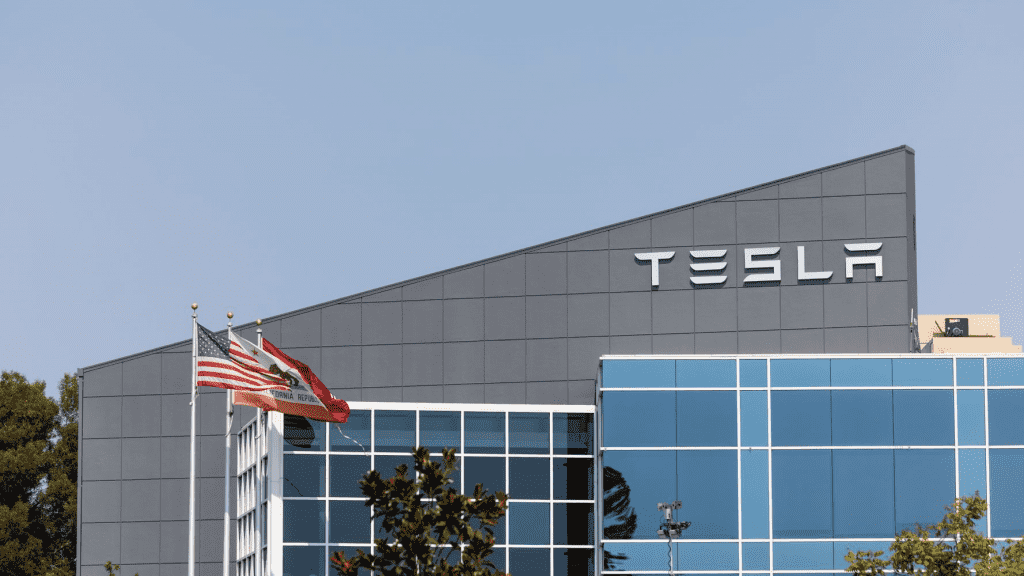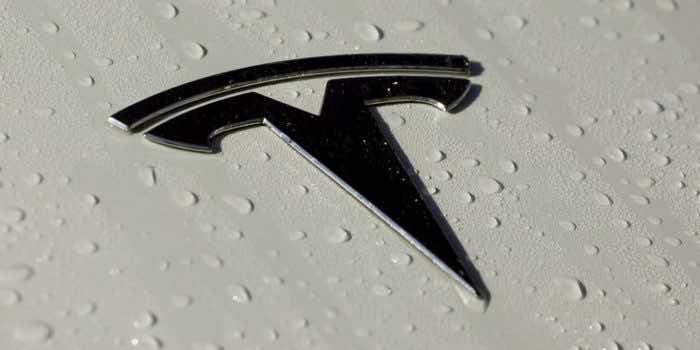Soon, the National Highway Traffic Safety Administration will issue figures it has been gathering for about a year regarding Tesla’s incidents on road. The agency had recorded more than 200 crashes involving Teslas that were using Autopilot, “Full Self-Driving,” Traffic-Aware Cruise Control, or some other of the company’s partially automated systems.
Tesla’s figure and its crash rate per 1,000 vehicles were quite higher than the corresponding numbers for other automakers that provided such data to The Associated Press ahead of NHTSA’s release.
In a June 2021 order, NHTSA told more than 100 automakers and automated vehicle tech companies to report serious crashes within one day of learning about them and to disclose less-serious crashes by the 15th day of the following month.

General Motors said it reported three crashes while its “Super Cruise” or other partially automated systems were in use.
Nissan, with over 560,000 vehicles on the road using its ”ProPilot Assist,” didn’t have to report any crashes, the company said.
Stellantis, formerly Fiat Chrysler, said it reported two crashes due to its systems. Ford reported zero involving its “Blue Cruise” driver-assist system which went on sale in the spring, though Ford wouldn’t say if there were crashes with less-capable systems.
Several automakers and tech companies, including Toyota and Honda, declined to release their numbers before the NHTSA data is revealed.
Raj Rajkumar, an electrical and computer engineering professor at Carnegie Mellon University who studies automated vehicles, said he wouldn’t be surprised if Tesla was found to have had a high number of crashes involving its driver-assist systems. Tesla, based in Austin, Texas, stopped using radar in its system and instead relies solely on cameras and computers — a system that Rajkumar calls “inherently unsafe.”

Along with the publicly released crash data, NHTSA has sent investigative teams to far more incidents involving Teslas using electronic systems than other automakers. As part of a larger inquiry into crashes involving advanced driver assistance systems, the agency has sent teams to 34 crashes since 2016 in which the systems were thought to have been in use. Of the 34 crashes, 28 involved Teslas, according to an NHTSA document.
Tesla has said that Autopilot and “Full Self-Driving” cannot drive themselves and that drivers should be ready to intervene at all times. The systems can keep cars in their lanes and away from other vehicles and objects.
Tesla’s “Full Self-Driving” is designed to complete a route on its own with human supervision, with the eventual aim of driving itself and running a fleet of autonomous robo-taxis. In 2019, Musk had pledged to have the robo-taxis running in 2020.


